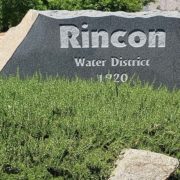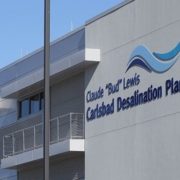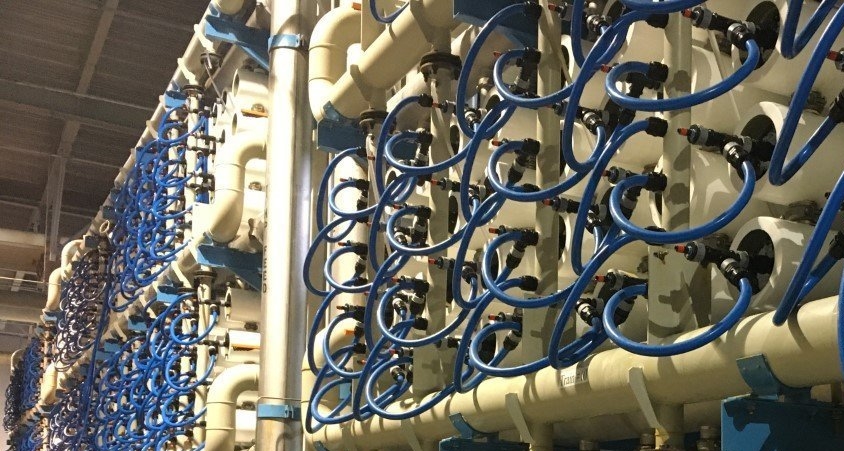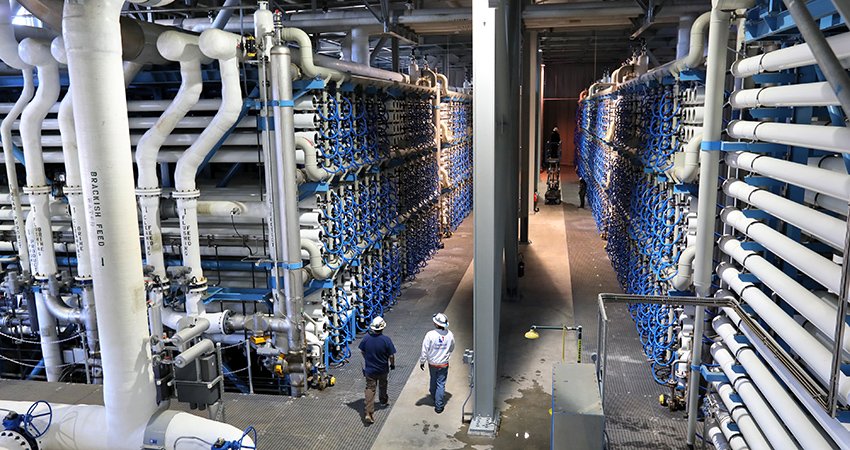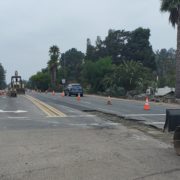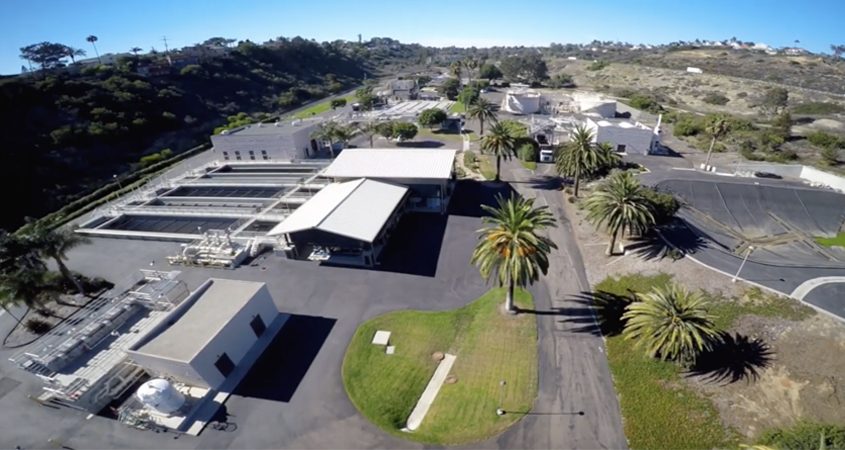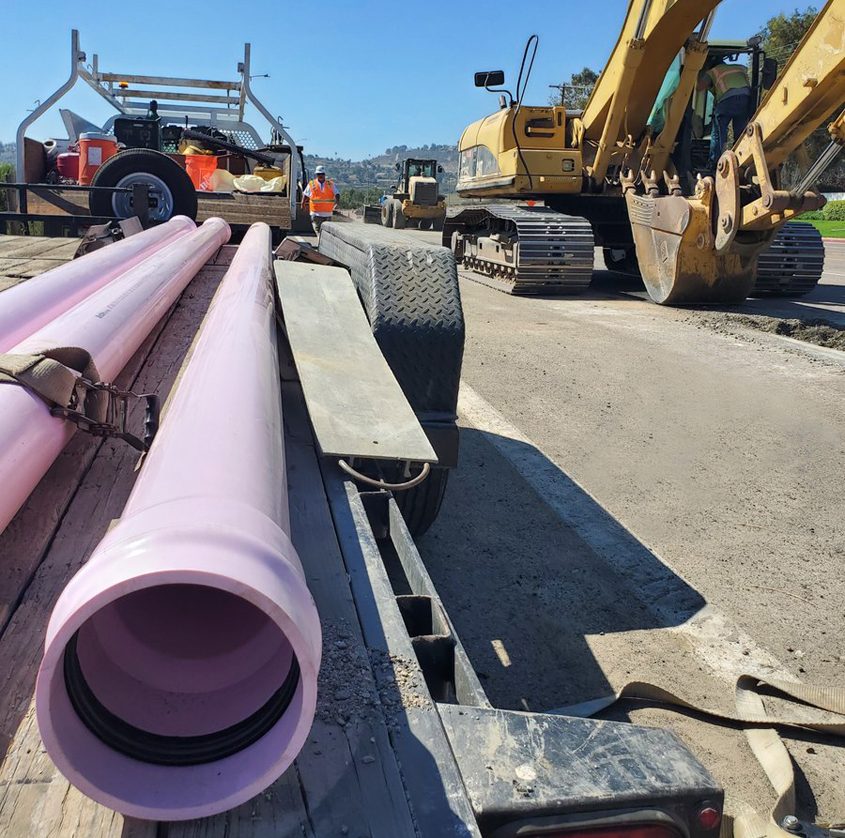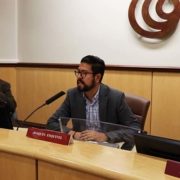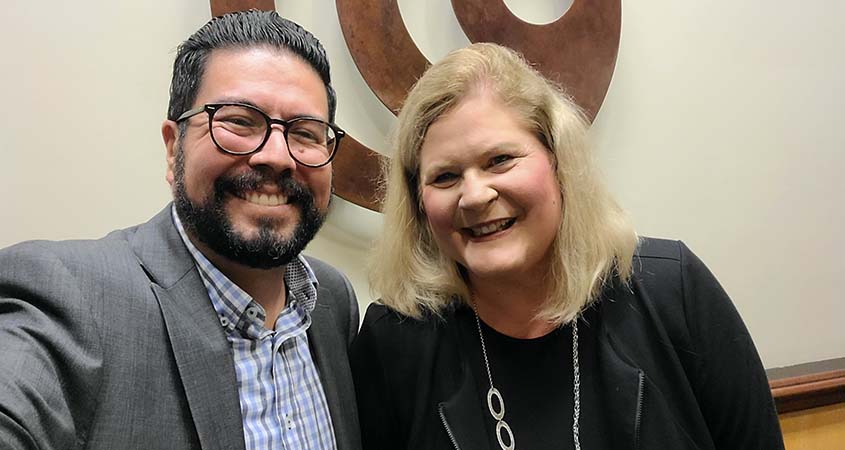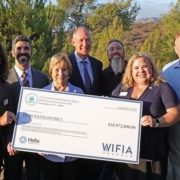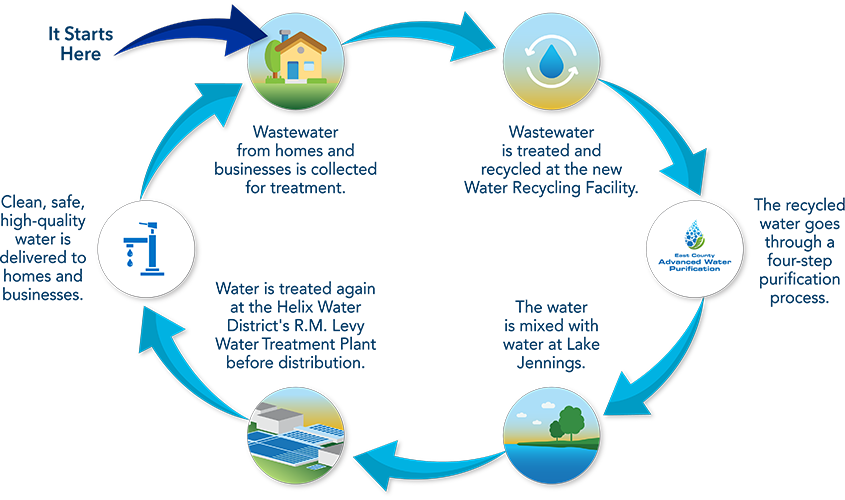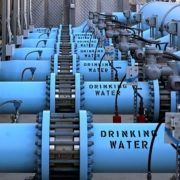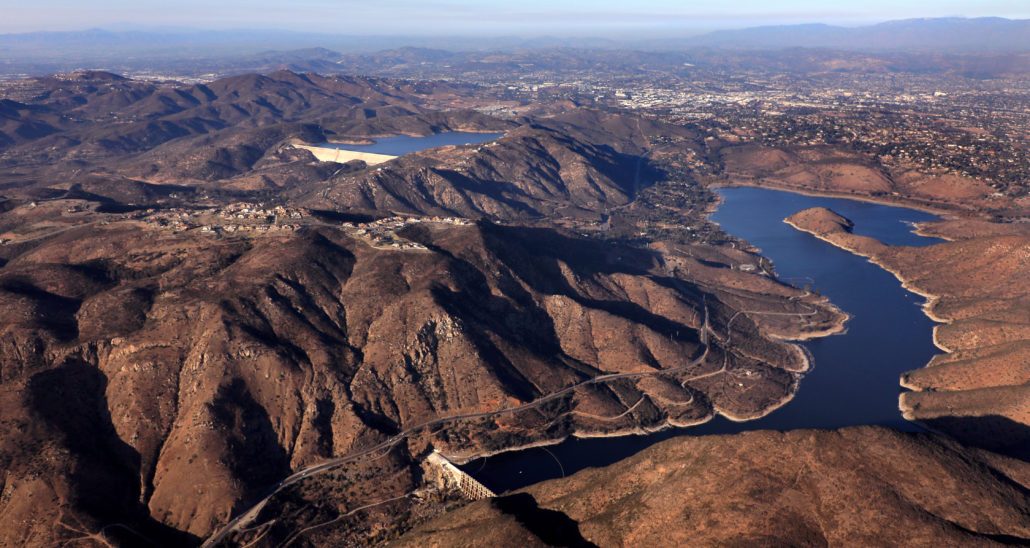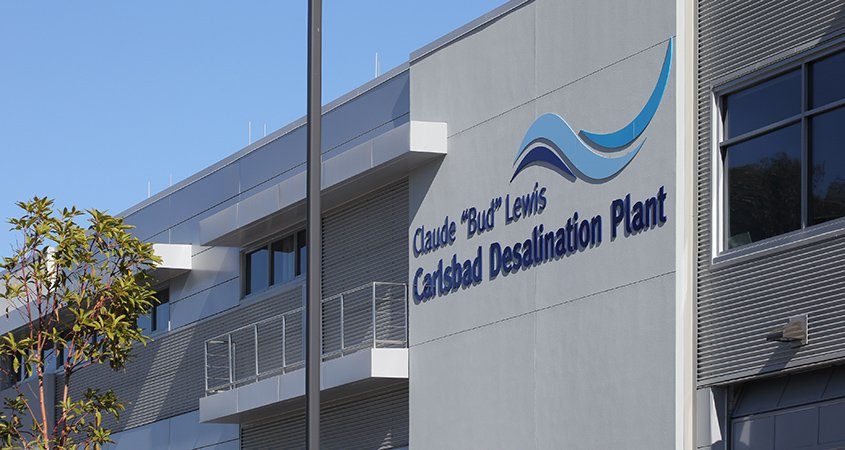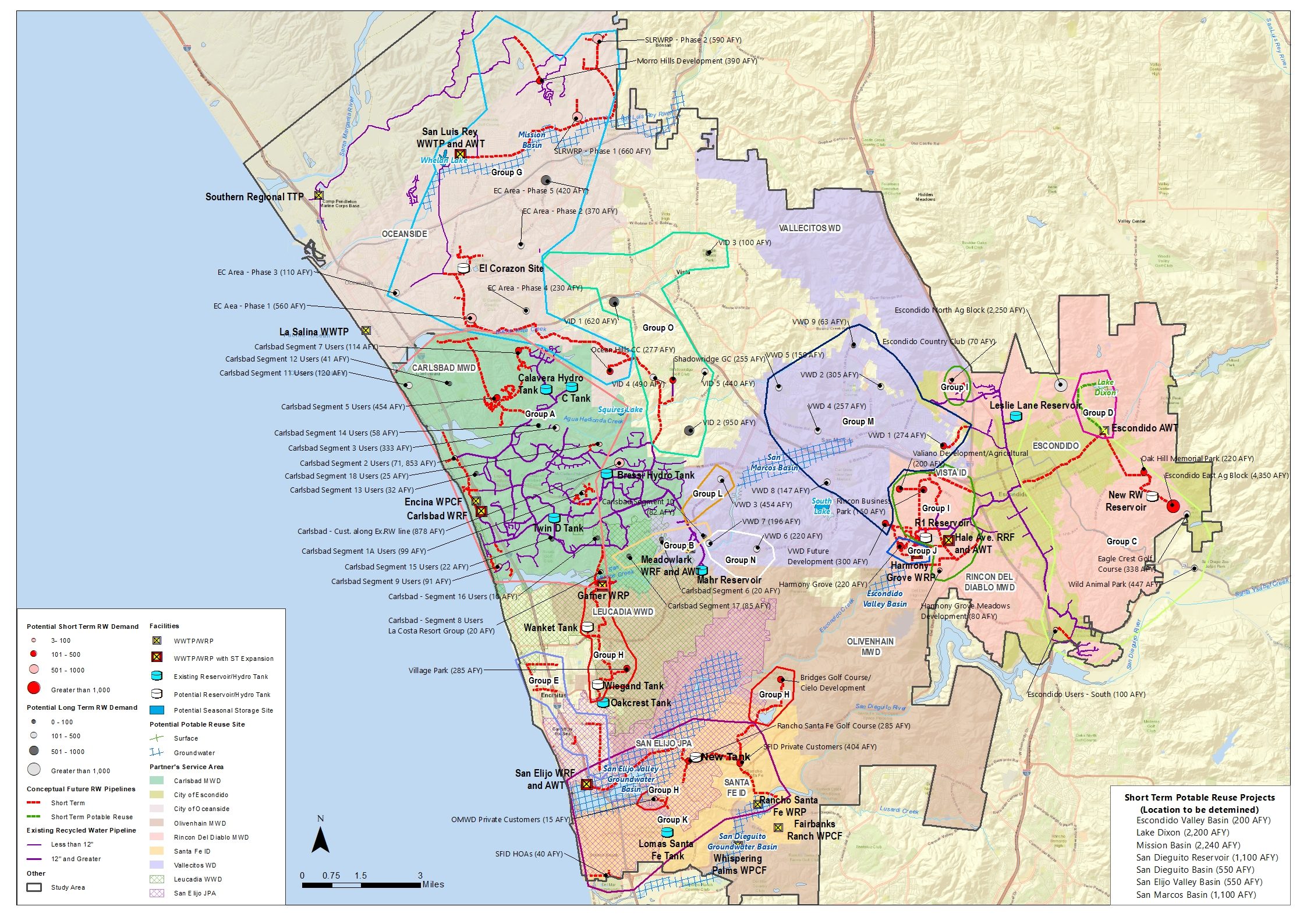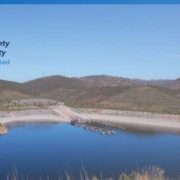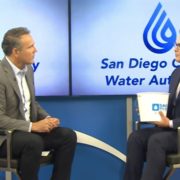Water Authority Welcomes New MWD Board Chair Adán Ortega
The San Diego County Water Authority Board of Directors on January 26 welcomed Metropolitan Water District of Southern California Board Chair Adán Ortega, Jr. by hosting a reception for him to meet San Diego County’s community, civic and business leaders.
Ortega took the helm of MWD’s Board on January 10 as the first Latino chair in the district’s 95-year history. In a presentation during the Water Authority’s formal Board meeting, Ortega focused on shared challenges and opportunities the two water wholesalers face in the era of climate change.
Water agencies together face challenging issues
“Past conflicts aside, I see the San Diego County experience as a model that Metropolitan and other water agencies will need to consider as we confront the changed climate. The San Diego region recognized earlier than many – more than 20 years ago – the need to invest in water supply and infrastructure improvements to ensure reliability,” said Ortega, who made formal comments during the Water Authority’s Board meeting. “The need for these investments has only become more urgent as the impacts of climate change undermine both Bay-Delta and Colorado River water supplies.”
Adán Ortega: “New class of water infrastructure and management”
Ortega also noted that “San Diego’s investments have come at a cost in the form of higher water rates, but the result has been protection against drought,” including the drought that has threatened water supplies across California for the past three years.
“We can’t escape the reality of increasing water rates among our member agencies and Metropolitan, just as San Diego had to do,” Ortega said. “With climate change, we need to envision a new class of water infrastructure and management. San Diego’s leaders and ratepayers have reckoned with rate increases to keep water flowing even with critical shortages in traditional sources of water. That’s the definition of resiliency.”
Thank you @sdcwa, Chair Mel Katz, @TheNickSerrano and the San Diego leadership community. We’re unburdened and determined.
— Adan Ortega Jr (@WCPartners) January 27, 2023
Ortega has represented the City of San Fernando on the MWD board since March 2021. He is the principal at Ortega Strategies group, a public and government relations firm based in Fullerton, and he served as Metropolitan’s vice president of external affairs from 1999 to 2005. Before representing San Fernando, he served as the City of Fullerton’s representative on the MWD Board.
As chair, Ortega said he places a strong emphasis on agency ethics and the values of diversity, equity and inclusion for Metropolitan’s board and staff. He has appointed the most diverse leadership slate in MWD’s history, including appointment of leadership positions to three of the Water Authority’s four delegates including a board vice chair and chairmanship of the agency’s finance committee. The Water Authority fourth delegate – Lois Fong-Sakai – was recently elected by her peers to serve as MWD Board secretary and parliamentarian.
Today Adán Ortega was sworn in as chair of Metropolitan's board. Congratulations to Chair Ortega, the first Latino to lead the board, representing @citysanfernando. He is the 20th chair in the district's history. pic.twitter.com/6BO8A2qWfy
— MWD of SoCal (@mwdh2o) January 10, 2023
“Proven consensus builder”
“With decades of experience in government service, Adán is a proven consensus builder who is ideally suited to lead Metropolitan’s diverse 26 member agencies during a period of historic transitions impacting water supply and the environment both in MWD’s service area and the Southwest,” said Water Authority Board Chair Mel Katz.
“Adán is a proven consensus builder who is ideally suited to lead Metropolitan’s diverse 26 member agencies during a period of historic transitions impacting water supply and the environment both in MWD’s service area and the Southwest."
— Water Authority Board Chair Mel Katz. pic.twitter.com/DS7CvTOaGC— San Diego County Water Authority (@sdcwa) January 27, 2023
The Water Authority relies on MWD for about 13% of its water supplies, along with transporting water through the Colorado River Aqueduct to San Diego County. The Water Authority and MWD are working together on critical issues of drought and water supply planning as well as daily coordination of water deliveries.
“Water challenges in the West will continue to grow,” said Katz, “but I am confident that working together with MWD and its member agencies we can meet the needs of Southern California for generations to come.”
I was proud to be with the leaders of SDCWA today. Thank you so much for the hospitality.
— Adan Ortega Jr (@WCPartners) January 27, 2023


